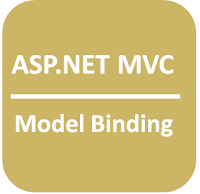Scoped, Transient, and Singleton are three lifetime options available in .NET Core for registering and managing services within the dependency injection container. Understanding these options is crucial for building scalable and maintainable applications. Let's explore each of them:
-
Transient Lifetime:
A transient service is created each time it is requested from the dependency injection container. This means a new instance is created for every resolution. Transient services are suitable for lightweight and stateless components that don't require shared state. For instance, if you have a service that performs simple calculations or generates random numbers, using the transient lifetime is appropriate.
To register a transient service in .NET Core, you can use the 'AddTransient' method during service registration:
services.AddTransient<ITransientService, TransientService>();









